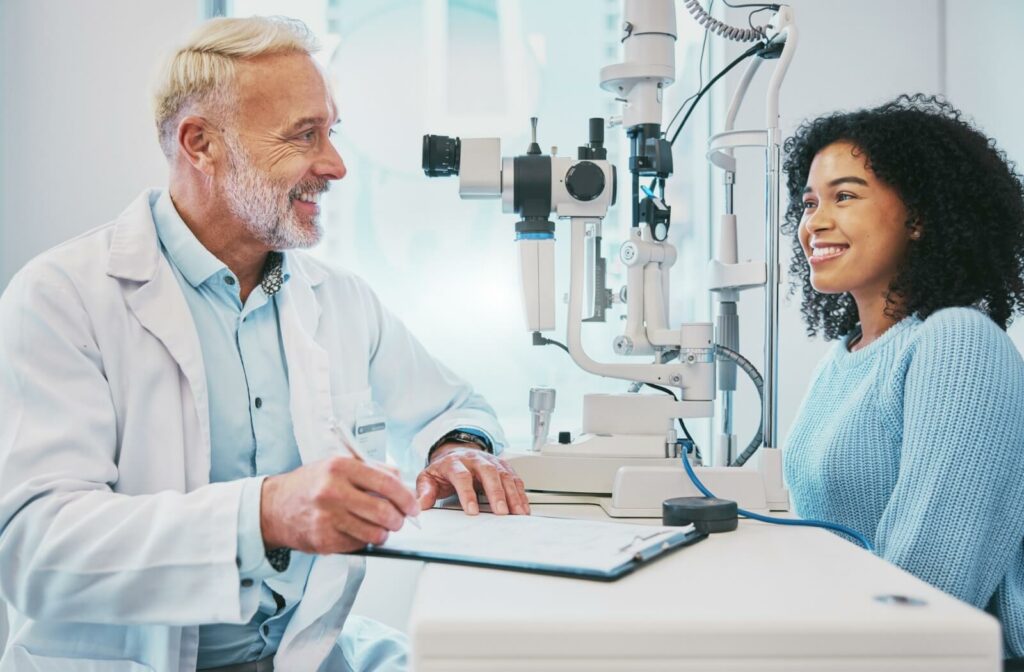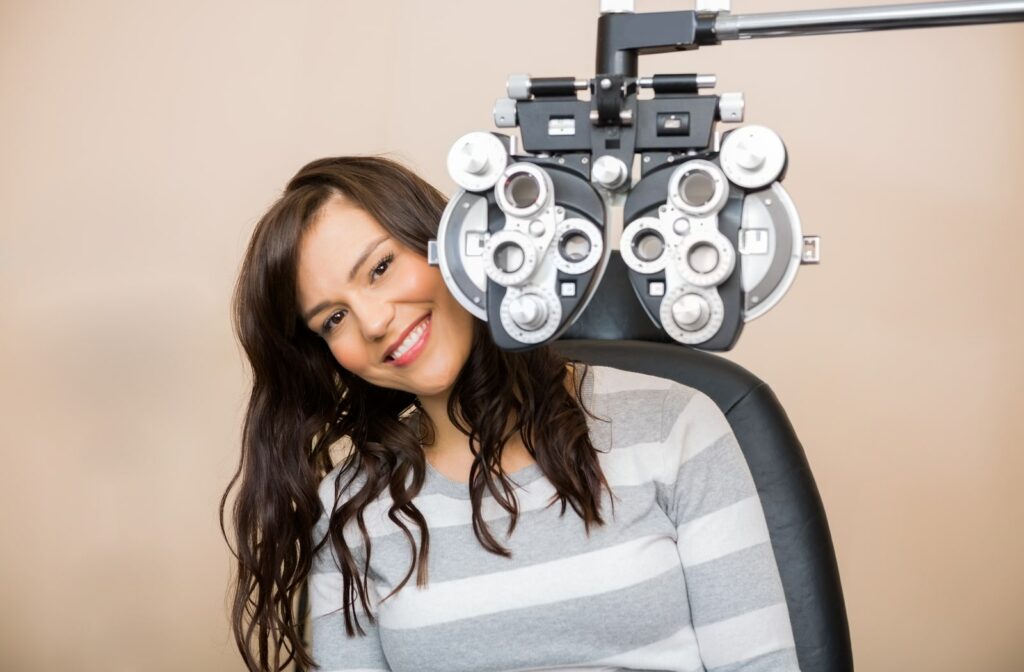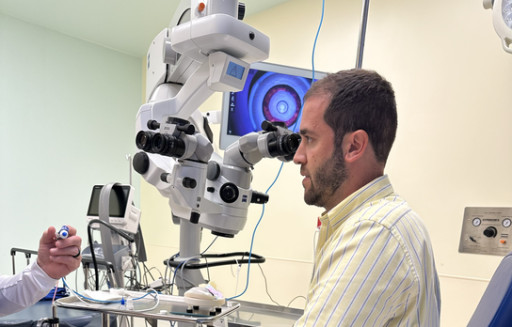All Categories
Featured
Unlocking Opportunities: Comprehensive Low Vision Recovery Alternatives.
Coping with low vision can provide unique obstacles, yet contemporary rehabilitation approaches equip individuals to adapt and thrive. From sophisticated technology to hands-on training, there are various choices created to boost everyday life and foster self-reliance. Below's a detailed take a look at the diverse rehab remedies available for those with low vision.
The Role of Low Vision Rehab
Reduced vision recovery concentrates on aiding people enhance their continuing to be vision and create skills to manage their surroundings. With a mix of tools, training, and personalized assistance, recovery programs boost functionality and boost confidence in navigating everyday tasks.
Key Low Vision Rehab Options
Custom-made Visual Aids
High-Powered Magnifiers: These devices come in handheld, wearable, or digital formats, permitting users to check out, write, or sight items up close.
Telescopic Glasses: Suitable for improving range vision, these glasses assist with activities such as viewing television or analysis indicators.
![]()
Filter Lenses: Colored lenses minimize glow, boost comparison, and provide UV security, enhancing convenience and presence.
Technological Developments
Electronic Zoom Gadgets: Desktop computer and portable gadgets use adjustable magnification, enabling easier access to published materials and digital web content.
![]()
Voice-Assisted Modern technology: Screen visitors, voice-enabled smart devices, and AI-driven applications assist customers browse the electronic world a lot more effectively.
Wearable Vision Aids: Smart glasses furnished with video cameras and auditory responses give real-time aid with reading, recognizing items, and spatial orientation.
Specialist Training Programs
Alignment and Mobility Training: This program instructs individuals exactly how to relocate confidently within their areas and homes, typically including walking canes or guide canines.
Daily Living Skills: Specialized training outfits individuals with strategies to carry out crucial jobs such as cooking, clothing, and managing family chores.
Flexible Visual Techniques: Therapists guide clients on leveraging peripheral vision or scanning methods to make up for vision loss.
Ecological Adjustments
![]()
Simple changes in the house or work can greatly enhance availability:
Utilizing contrasting colors for much better object differentiation.
Including task lighting to improve exposure.
Marking appliances with tactile signs for less complicated operation.
Emotional and Social Assistance
Dealing with vision loss commonly entails psychological adjustments. Support system and counseling services provide a secure area to share experiences and construct resilience.
Peer mentoring programs link individuals with similar difficulties, fostering friendship and shared remedies.
Accessing Rehabilitation Solutions
Reduced vision recovery solutions are extensively offered through:
Specialized Clinics: Optometrists and ophthalmologists educated in reduced vision care supply tailored assessments and options.
Not-for-profit Organizations: Teams like the American Structure for the Blind and VisionAware use sources, guidance, and references.
Neighborhood Centers: Regional services might offer affordable or cost-free training and accessibility to assistive tools.
Last Thoughts
By checking out the many rehabilitation alternatives available, those with reduced vision can locate techniques that work best for their one-of-a-kind demands and scenarios. If you or a loved one faces vision difficulties, do not be reluctant to get to out to a reduced vision expert to start the trip toward empowerment and flexibility.
Coping with low vision can provide unique obstacles, yet contemporary rehabilitation approaches equip individuals to adapt and thrive. From sophisticated technology to hands-on training, there are various choices created to boost everyday life and foster self-reliance. Below's a detailed take a look at the diverse rehab remedies available for those with low vision.
The Role of Low Vision Rehab
Reduced vision recovery concentrates on aiding people enhance their continuing to be vision and create skills to manage their surroundings. With a mix of tools, training, and personalized assistance, recovery programs boost functionality and boost confidence in navigating everyday tasks.
Key Low Vision Rehab Options
Custom-made Visual Aids
High-Powered Magnifiers: These devices come in handheld, wearable, or digital formats, permitting users to check out, write, or sight items up close.
Telescopic Glasses: Suitable for improving range vision, these glasses assist with activities such as viewing television or analysis indicators.

Filter Lenses: Colored lenses minimize glow, boost comparison, and provide UV security, enhancing convenience and presence.
Technological Developments
Electronic Zoom Gadgets: Desktop computer and portable gadgets use adjustable magnification, enabling easier access to published materials and digital web content.

Voice-Assisted Modern technology: Screen visitors, voice-enabled smart devices, and AI-driven applications assist customers browse the electronic world a lot more effectively.
Wearable Vision Aids: Smart glasses furnished with video cameras and auditory responses give real-time aid with reading, recognizing items, and spatial orientation.
Specialist Training Programs
Alignment and Mobility Training: This program instructs individuals exactly how to relocate confidently within their areas and homes, typically including walking canes or guide canines.
Daily Living Skills: Specialized training outfits individuals with strategies to carry out crucial jobs such as cooking, clothing, and managing family chores.
Flexible Visual Techniques: Therapists guide clients on leveraging peripheral vision or scanning methods to make up for vision loss.
Ecological Adjustments

Simple changes in the house or work can greatly enhance availability:
Utilizing contrasting colors for much better object differentiation.
Including task lighting to improve exposure.
Marking appliances with tactile signs for less complicated operation.
Emotional and Social Assistance
Dealing with vision loss commonly entails psychological adjustments. Support system and counseling services provide a secure area to share experiences and construct resilience.
Peer mentoring programs link individuals with similar difficulties, fostering friendship and shared remedies.
Accessing Rehabilitation Solutions
Reduced vision recovery solutions are extensively offered through:
Specialized Clinics: Optometrists and ophthalmologists educated in reduced vision care supply tailored assessments and options.
Not-for-profit Organizations: Teams like the American Structure for the Blind and VisionAware use sources, guidance, and references.
Neighborhood Centers: Regional services might offer affordable or cost-free training and accessibility to assistive tools.
Last Thoughts
By checking out the many rehabilitation alternatives available, those with reduced vision can locate techniques that work best for their one-of-a-kind demands and scenarios. If you or a loved one faces vision difficulties, do not be reluctant to get to out to a reduced vision expert to start the trip toward empowerment and flexibility.
Latest Posts
Sophisticated, Resilient Ceramic Tile Floor Covering for every single Room
Published Apr 19, 25
1 min read
Discover the Signature Specials at Deauville Inn
Published Apr 19, 25
1 min read
Treat Shack at Huck's Harbor: A Delicious Resort by the Water
Published Apr 19, 25
1 min read